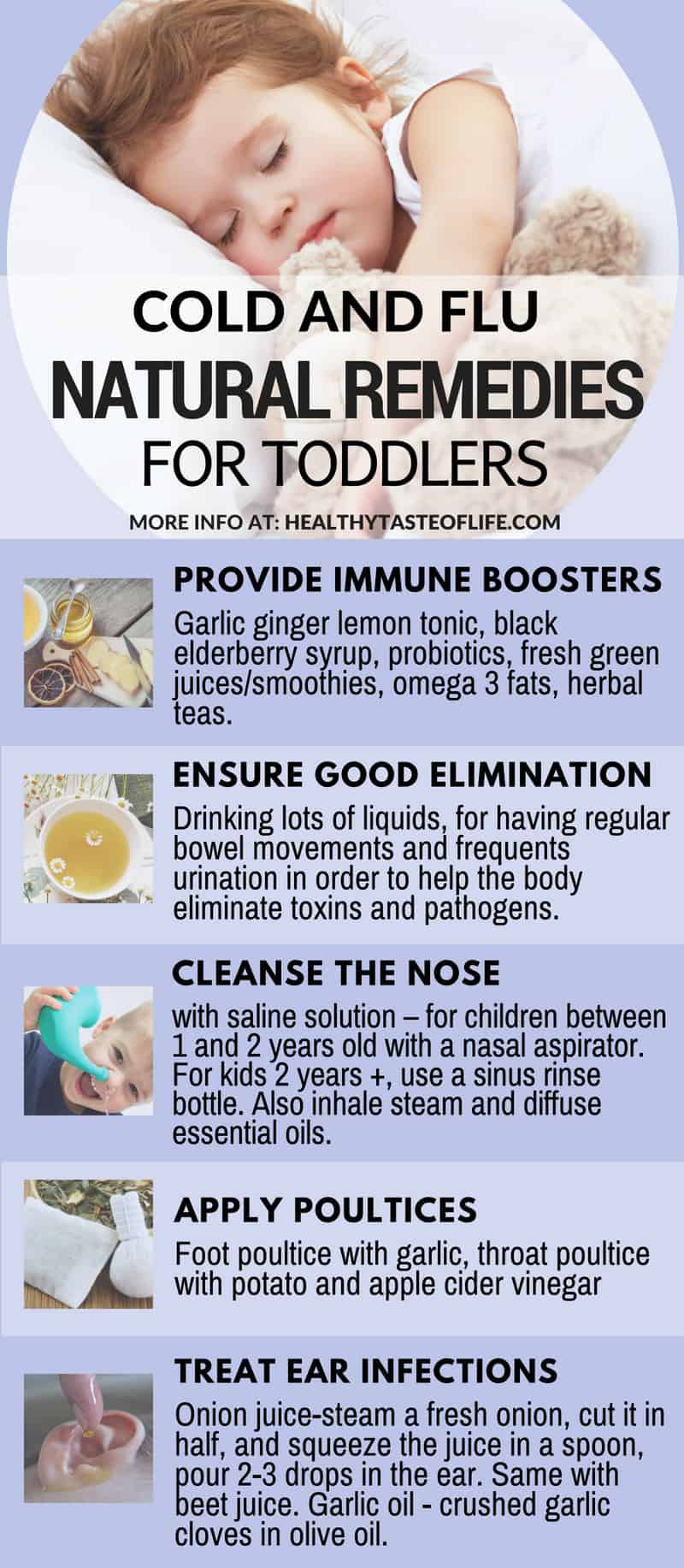Why Crown Sensitivity Happens? Relief Solutions
Crown sensitivity is a common issue that affects many individuals, causing discomfort and pain when consuming hot or cold foods and beverages. This sensitivity can be debilitating, making everyday activities like eating and drinking a chore. But what exactly causes crown sensitivity, and more importantly, what relief solutions are available to alleviate this discomfort?
To understand crown sensitivity, it’s essential to delve into the anatomy of a tooth. A tooth is comprised of several layers, including the enamel, dentin, and pulp. The enamel is the hard, outermost layer that protects the tooth from decay and damage. Beneath the enamel lies the dentin, a softer, more porous layer that contains tiny tubes and canals. The pulp, located at the center of the tooth, contains nerves and blood vessels that transmit sensations like pain and temperature.
Crown sensitivity occurs when the dentin is exposed, allowing the nerves in the pulp to become irritated. This exposure can be caused by various factors, including:
- Tooth decay or cavities: When a tooth decays, the enamel can weaken, causing the dentin to become exposed.
- Gum recession: As gums recede, the roots of the teeth become exposed, leading to sensitivity.
- Tooth wear: Grinding or clenching teeth can wear down the enamel, exposing the dentin.
- Cracked teeth: Cracks in the teeth can allow bacteria to penetrate and irritate the nerves.
- Dental procedures: Procedures like dental fillings, crowns, or root canals can cause temporary sensitivity.
Given the complexities of crown sensitivity, it’s crucial to explore various relief solutions. Here are some effective ways to alleviate discomfort:
1. Desensitizing Toothpaste
Desensitizing toothpaste contains ingredients like potassium nitrate or strontium chloride that help block the dentin tubules, reducing sensitivity. These toothpastes can be used regularly, and results can be seen within a few weeks.
2. Fluoride Varnish
Fluoride varnish is a topical application that can be applied by a dentist. It helps to strengthen tooth enamel, reducing sensitivity. This procedure is quick, painless, and can provide immediate relief.
3. Gum Grafting
For those suffering from gum recession, gum grafting can help cover exposed roots, reducing sensitivity. This surgical procedure involves taking tissue from another part of the mouth and grafting it onto the affected area.
4. Crowns or Fillings
In cases where tooth decay or cracks are causing sensitivity, dental crowns or fillings can help cover the exposed dentin, providing relief. These restorations can be made from various materials, including porcelain, composite, or gold.
5. Root Canals
In severe cases where the pulp is infected or damaged, a root canal may be necessary. This procedure involves removing the infected pulp, cleaning the canal, and sealing it to prevent further irritation.
6. Laser Treatment
Laser treatment is a non-invasive procedure that uses a low-level laser to stimulate blood flow and reduce inflammation. This treatment can help alleviate sensitivity and promote healing.
7. Dietary Changes
Making dietary changes can also help reduce crown sensitivity. Avoiding acidic or sweet foods and beverages, and consuming a balanced diet rich in fruits, vegetables, and whole grains can help strengthen teeth and reduce sensitivity.
Crown sensitivity can be a complex issue, and it's essential to consult with a dentist to determine the underlying cause. By understanding the cause, individuals can work with their dentist to develop a personalized relief plan, ensuring they can enjoy their favorite foods and beverages without discomfort or pain.
In conclusion, crown sensitivity is a common issue that can be caused by various factors, including tooth decay, gum recession, tooth wear, cracked teeth, and dental procedures. Fortunately, there are numerous relief solutions available, ranging from desensitizing toothpaste and fluoride varnish to crowns, fillings, and root canals. By understanding the causes and exploring these relief solutions, individuals can find comfort and alleviate the discomfort associated with crown sensitivity.
What is the most common cause of crown sensitivity?
+The most common cause of crown sensitivity is tooth decay or cavities. When a tooth decays, the enamel can weaken, causing the dentin to become exposed, leading to sensitivity.
Can desensitizing toothpaste provide immediate relief?
+Desensitizing toothpaste can provide relief, but it may take a few weeks to notice significant improvements. It's essential to use the toothpaste regularly and as directed to achieve optimal results.
Is gum grafting a painful procedure?
+Gum grafting can be a surgical procedure, and some discomfort may be expected. However, most dentists use local anesthesia to minimize pain, and the recovery time is typically short.
By addressing crown sensitivity and exploring relief solutions, individuals can regain confidence in their smiles and enjoy a healthier, happier life. Remember, a healthy smile is just the beginning – it’s the foundation for a lifetime of comfort, confidence, and overall well-being.
